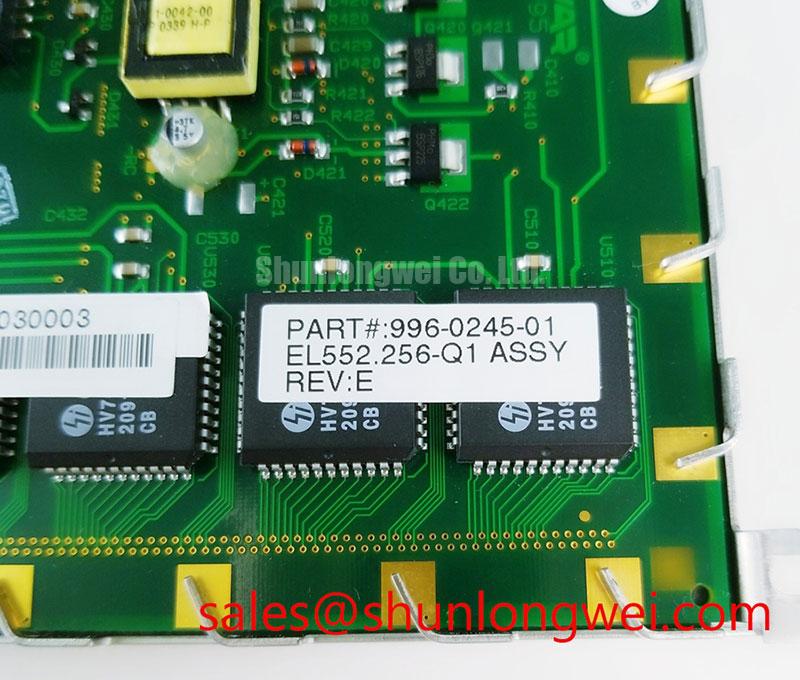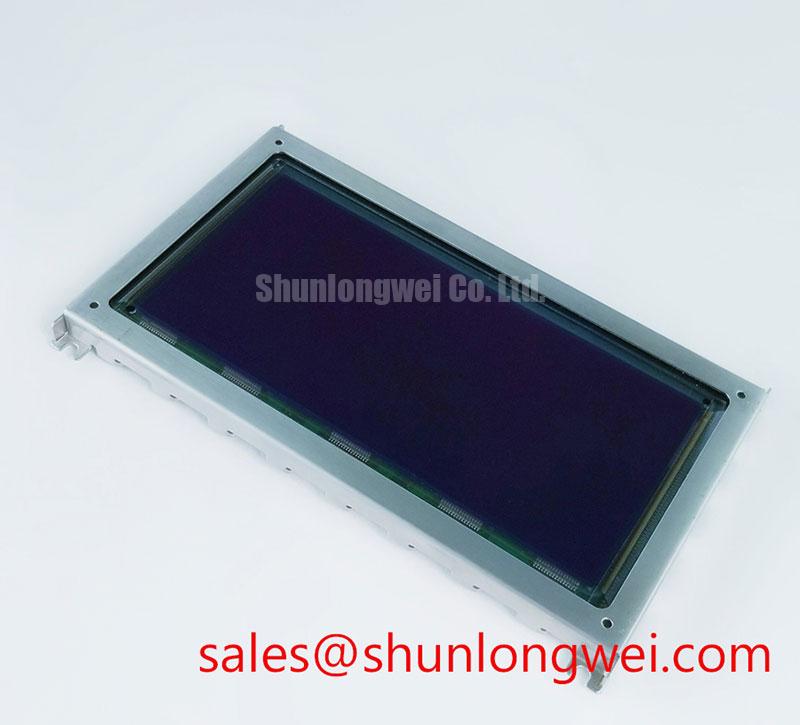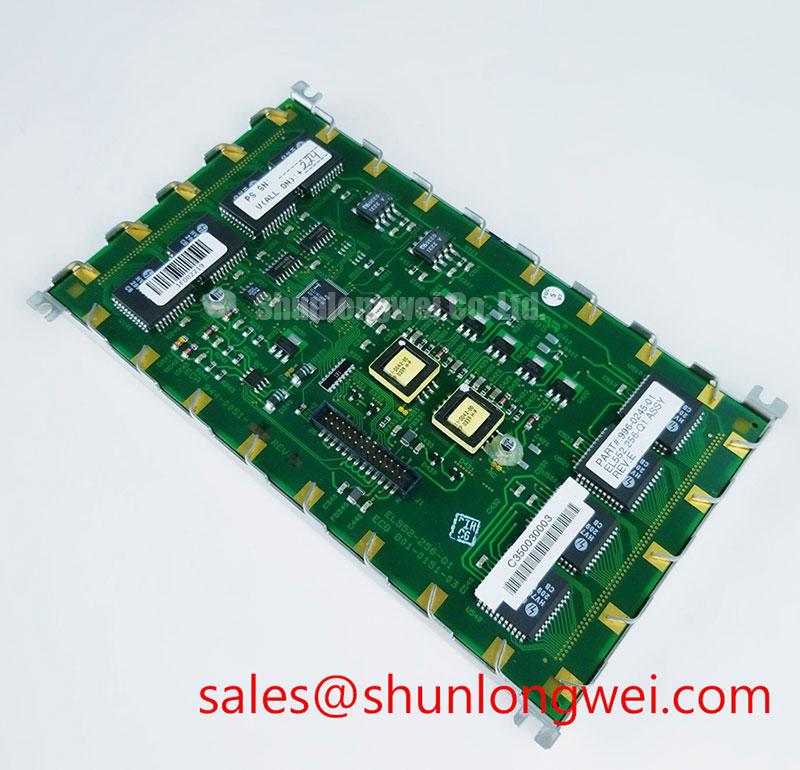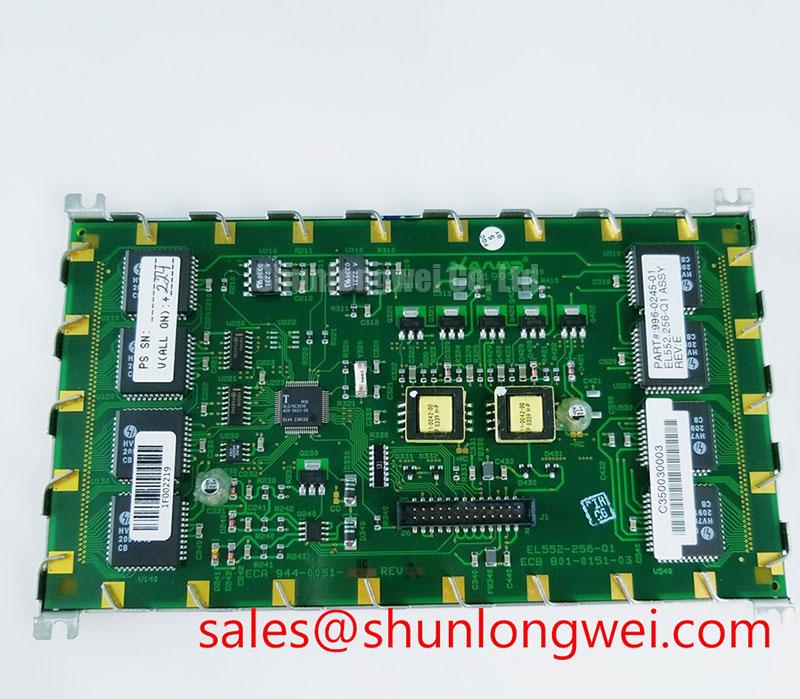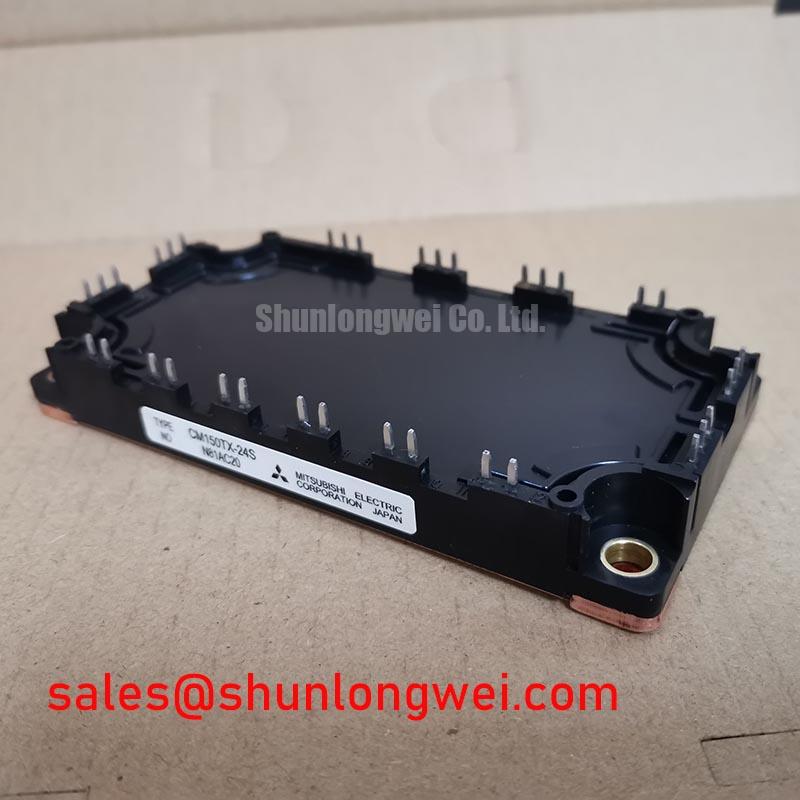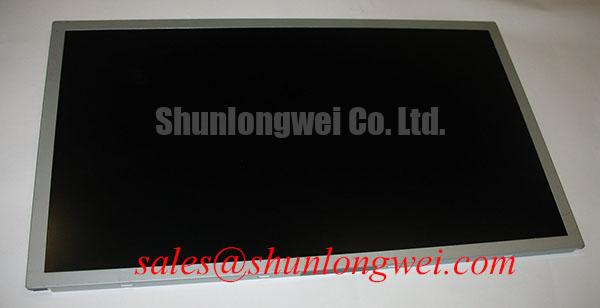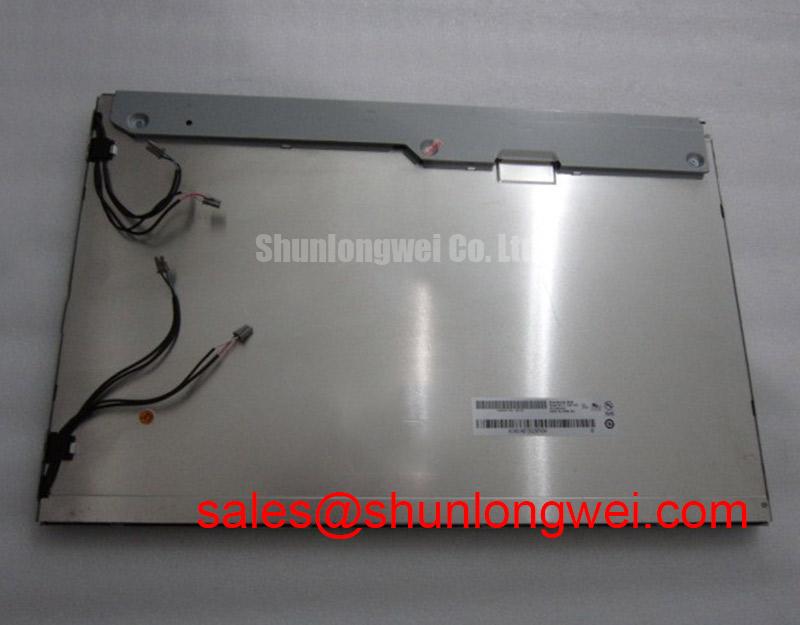Lumineq EL552.256-Q1 | Unbreakable Clarity with Rugged TFEL Display Technology
The EL552.256-Q1 is not just another display; it's an engineering solution for applications where failure is not an option. Built on the proven foundation of Thin Film Electroluminescence (TFEL) technology, this panel delivers unparalleled visual performance and durability in the most demanding operational environments. It is designed for system integrators who require absolute reliability where conventional displays falter.
Core Advantages at a Glance
- Extreme Temperature Operation: Instant-on performance and clarity from -60°C to +85°C without the need for heaters or coolers.
- Superior Mechanical Durability: Withstands mechanical shocks of up to 200 g and vibrations of 20 g, ensuring data integrity in high-impact settings.
- Exceptional Readability: A crisp 256x552 pixel matrix combined with a wide 179° viewing angle provides clear, unambiguous information from any perspective.
- Long-Term Reliability: Features an impressive Mean Time Between Failures (MTBF) exceeding 100,000 hours for sustained, long-term deployment.
Engineered for Extreme Applications
The true value of the Lumineq EL552.256-Q1 is realized in environments that cripple standard display technologies. Its unique characteristics make it the definitive choice for critical systems across multiple industries.
- Heavy Machinery & Mining: In the cabs of excavators, haul trucks, and drilling rigs, constant vibration and shock can cause lesser displays to fail. The EL552.256-Q1’s solid-state construction ensures the Human-Machine Interface (HMI) remains operational, providing vital machine diagnostics and control data without interruption. For a deeper dive into this area, explore our guide on engineering reliable displays for heavy machinery.
- Marine & Naval Systems: On a ship's bridge or in an engine room, temperature swings, humidity, and constant motion are the norm. This TFEL display's instant response time in freezing conditions and broad viewing angle are critical for navigation and monitoring systems where multiple crew members need to view data simultaneously and accurately.
- Aerospace & Defense: From cockpit instrumentation to field communication equipment, performance at high altitudes and extreme temperatures is non-negotiable. The EL552.256-Q1 provides a stable, flicker-free image that is essential for mission-critical applications.
Technical Deep Dive: The TFEL Advantage
Unlike conventional TFT-LCD panels that rely on a liquid crystal layer and a separate backlight, the EL552.256-Q1 operates on a fundamentally more robust principle. Its pixels are composed of an inorganic, solid-state phosphor layer sandwiched between dielectric layers and transparent electrodes. When a voltage is applied, the phosphor itself emits light. This emissive, solid-state design eliminates the most common failure points of liquid crystal displays:
- No Liquid Layer: The absence of liquid crystals means there is nothing to freeze or slow down at low temperatures, resulting in instantaneous pixel response times regardless of the ambient temperature.
- Inherent Ruggedness: The all-solid-state structure provides an intrinsically high tolerance to mechanical shock and vibration, as there are no fragile liquid layers or backlight assemblies to dislodge or damage. This level of physical resilience is key to understanding the engineering behind robust protection.
Key Engineering Specifications
The following parameters highlight the EL552.256-Q1's suitability for high-performance industrial and defense-grade projects.
| Parameter | Value |
|---|---|
| Technology | Thin Film Electroluminescence (TFEL) |
| Resolution | 552 x 256 pixels |
| Active Area (W x H) | 132.4 mm x 61.4 mm |
| Luminance (Typical) | 90 cd/m² @ 240 Hz |
| Contrast Ratio (Typical) | >100:1 |
| Operating Temperature | -60°C to +85°C |
| Shock Resistance | 200 g-force, 0.7 ms |
| Vibration Resistance | 20 g-force, 10-500 Hz |
| MTBF | >100,000 hours |
Engineer's FAQ
Why should I choose the EL552.256-Q1 over a modern industrial TFT or OLED display?
While high-end industrial LCD displays are excellent for many applications, they have limitations. TFTs require onboard heaters to function at temperatures below -20°C, which adds complexity, power consumption, and introduces warm-up delays. OLEDs, while offering high contrast, can suffer from differential aging (burn-in) and are susceptible to performance degradation from moisture and extreme temperatures. The EL552.256-Q1 is specifically engineered to operate flawlessly in the harshest corners of this operational envelope where TFT and OLED technologies cannot provide the same level of guaranteed reliability.
What kind of interface does this display use?
The EL552.256-Q1 typically utilizes a parallel data interface designed for straightforward integration with FPGAs or specialized display controllers. This ensures a robust, high-bandwidth connection suitable for displaying complex graphical information without the signal integrity concerns of more consumer-grade interfaces. For detailed integration support or to discuss your specific application needs, please contact our technical team.

